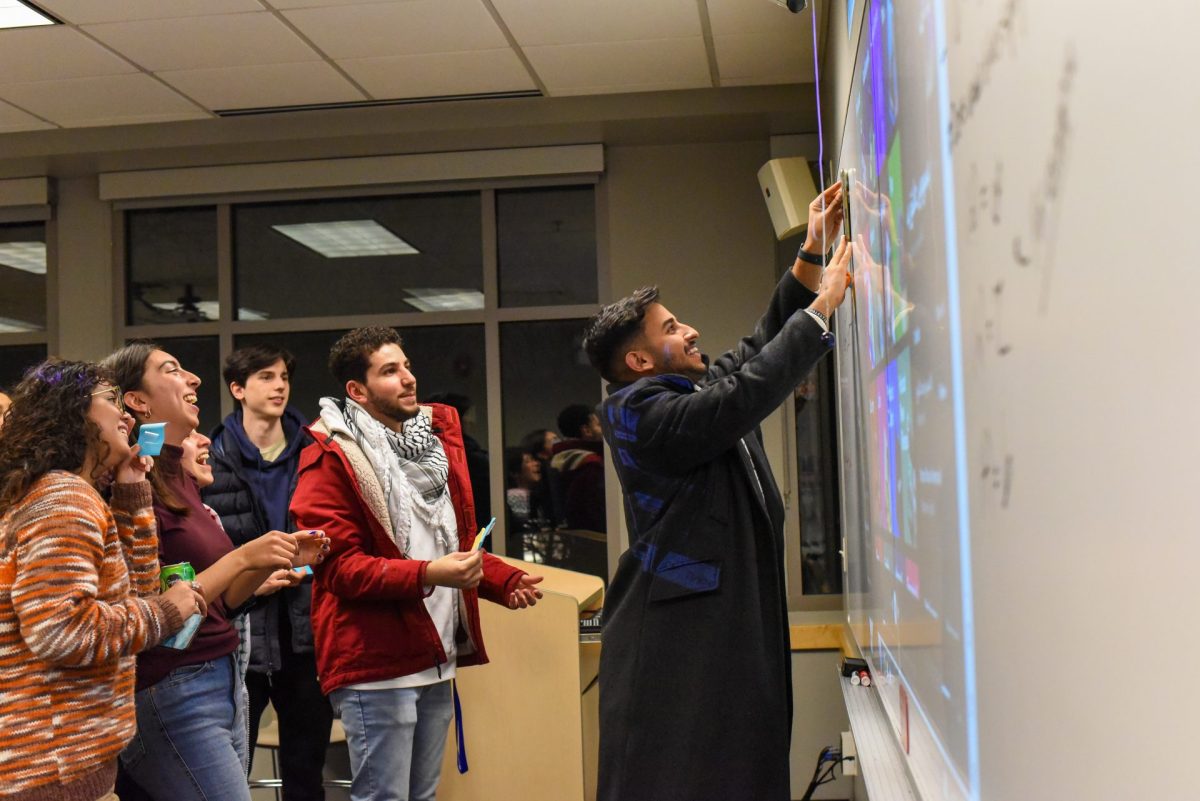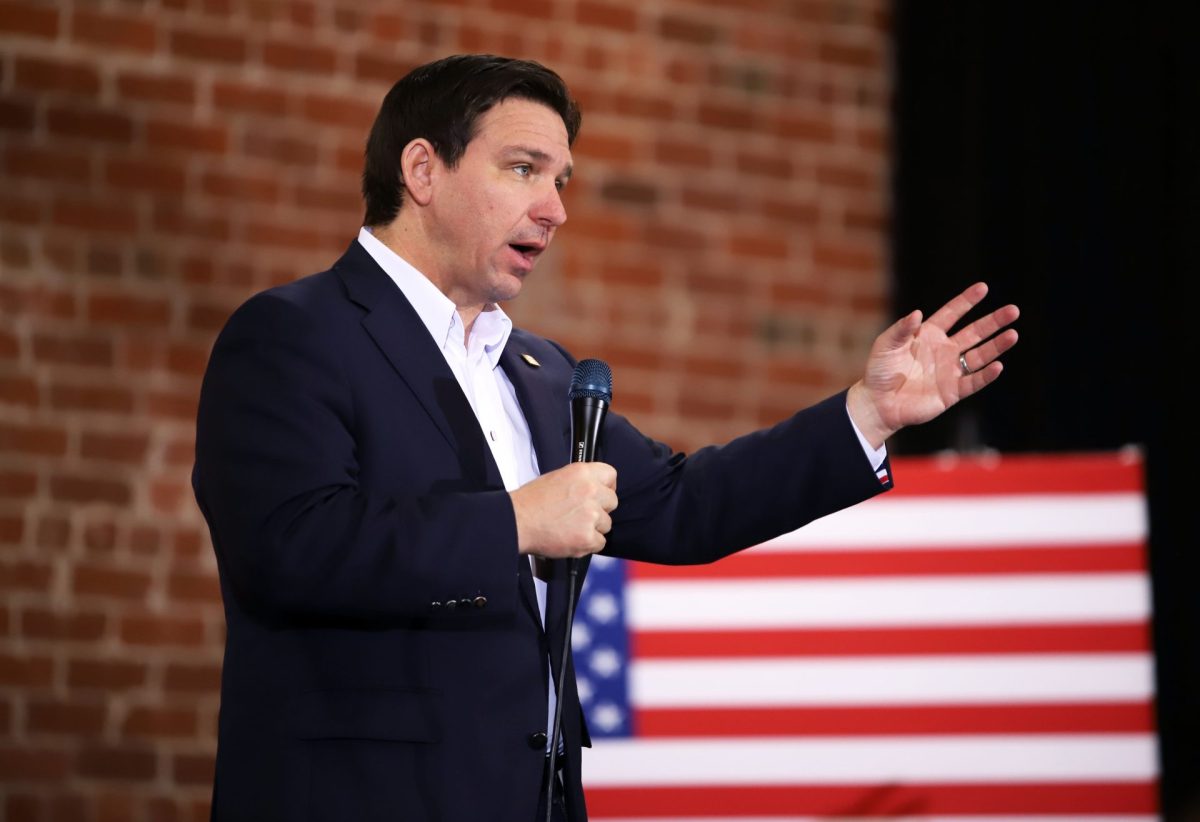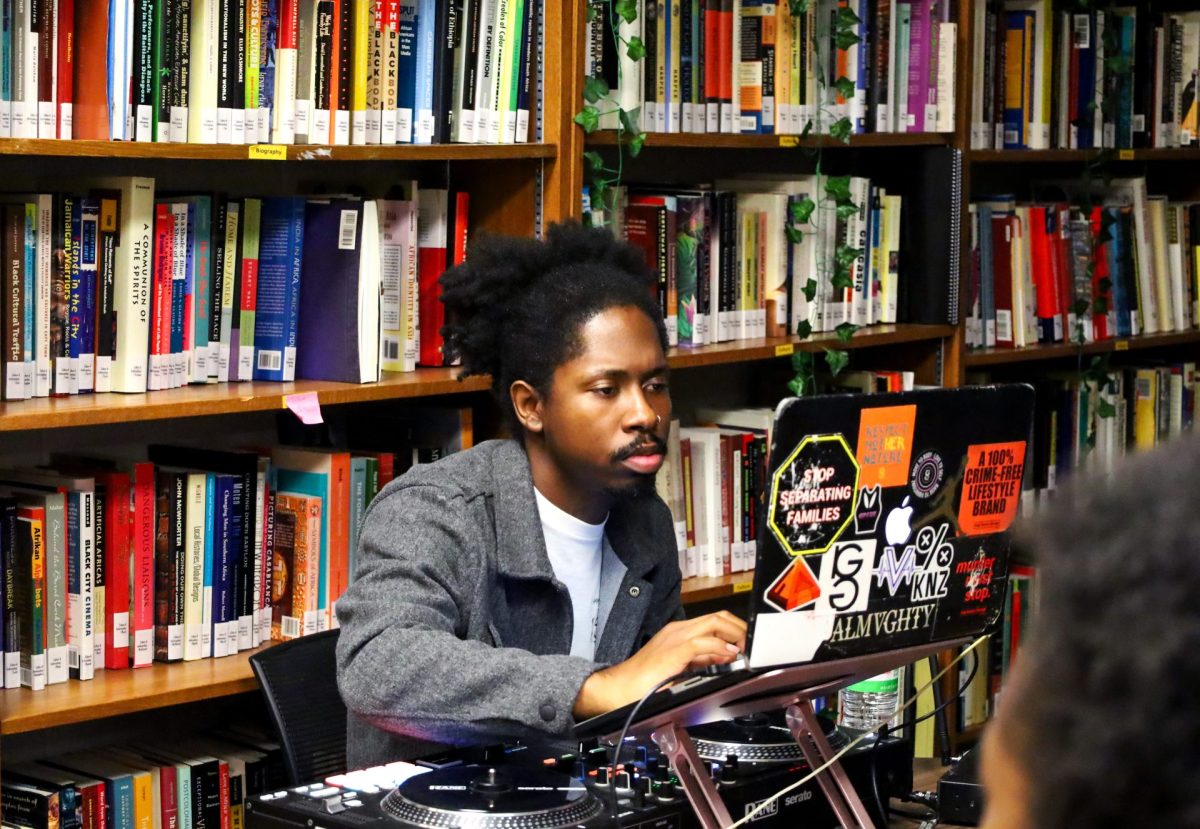NATO. Everyone in Chicago is talking about NATO.
The North Atlantic Treaty Organization, a political-military alliance made up of 28 world nations, visited Chicago’s McCormick Place over the weekend.
As the largest city to hold a summit in more than a decade and the first city in the United States outside of Washington D.C. to do so, the event garnered attention from the entire world. In a mostly peaceful march, thousands of protesters carried their message of anti-war to the world leaders.
Inside, heads of state from these 28 nations met to discuss world issues while outside in the streets, protesters and security officials swarmed, the protesters waving signs and shouting disapproval while the Chicago police officers and other security officials attempted to provide a safe environment for everyone involved.
“We are here today to stand against the death machine that is NATO,” Natalie Wahlberg, a protester with Occupy Chicago told the Chicago Sun-Times. “So we don’t want NATO here. We are here to stand in solidarity with anyone who tells NATO to get the ‘f’ out of our city.”
Police estimated the crowd at 2,500 to 3,000 people Sunday, although it appeared to be larger, in what was the biggest rally so far in the week leading up to the NATO summit.
Demonstrators ranged from students with signs and a few parents pushing strollers with babies to others clad in all black with bandannas over their faces and wielding signs including “Anarchists alliance, D.C.” Some members of Occupy Chicago and anti-Wall Street protesters donned clown makeup. All protesters were kept blocks away from the actual event occurring inside of McCormick Place.
Whether you were in agreement with the protesting masses or not, it’s essential to inform yourself of the reasons why such a large number of people feel so strongly about the issues the NATO Summit brought up.
NATO was formed in 1949 with the agenda to make the world safe from communism and situated for capitalism.
On a practical level, NATO worked in the past to contain the political, military and economic reach of the Soviet Union and its allies, and to preserve and advance “the West.”
This allows for the protection of the economic and political interests of the United States and the Western European corporations and governments-yet not the interests of people who live in NATO countries or in places that NATO chooses to occupy.
“I’m against this war,” said demonstrator Anna Shek. “I’m here to speak up and protest what I believe in. There are people out there from oppressed nations who can’t speak for themselves, and I’m here to give them a voice in any way that I can.”
A major point of dissent for protesters fell within the money that’s involved.
NATO countries account for two-thirds of the $1.5 trillion a year the world spends on militaries. U.S. expenditures account for 70 percent of NATO expenditures, which is roughly half of the total global military expenditures.
The $700 billion that U.S. taxpayers pay towards the military each year, including more than $700 million a year for NATO, could pay for living wages for tens of millions of teachers, health care workers, firefighters and other important service providers-or $25,000 a year in unemployment for the nearly 30 million out-of-work people, or tuition at colleges for more than 60 million students.
Carrying a sign that read “healthcare not warfare,” protester Jeff Grieco said, “NATO should be disbanded and taxpayer money that is given towards war should go towards funding more progressive avenues, like education and health care.”
In a summation of the many beliefs of protesters, natoprotest.org said, “We gather to oppose the tyranny of the banks and the corporate elites – to oppose the corporate war on our wages, our homes, our health care, our education and our right to speak out and protest.”
Some Specific Reasons for Protester Dissent:







